|
|
Route |
|---|---|
|
|
46.30788°N / 11.79417°E |
|
|
Scrambling, Skiing |
|
|
Summer, Fall |
|
|
EE |
|
|
Overview
Monte Castellaz 2333 m is beautiful! It appears as a huge castle located in the middle of wide green ripples, showing steep rocky walls on three sides. Indeed to the North there is a weak side, from which the summit is accessible without the use of climbing gear. The mountain rises isolated between Val Venegia and the highlands of Passo Rolle and is an exceptional panoramic point on the Northern chain of the Pale di San Martino. The Normal route is a steep and partially rocky trail which levels out near the statue of Cristo Pensante (Pensive Christ) guards the remaining ascent to the summit.
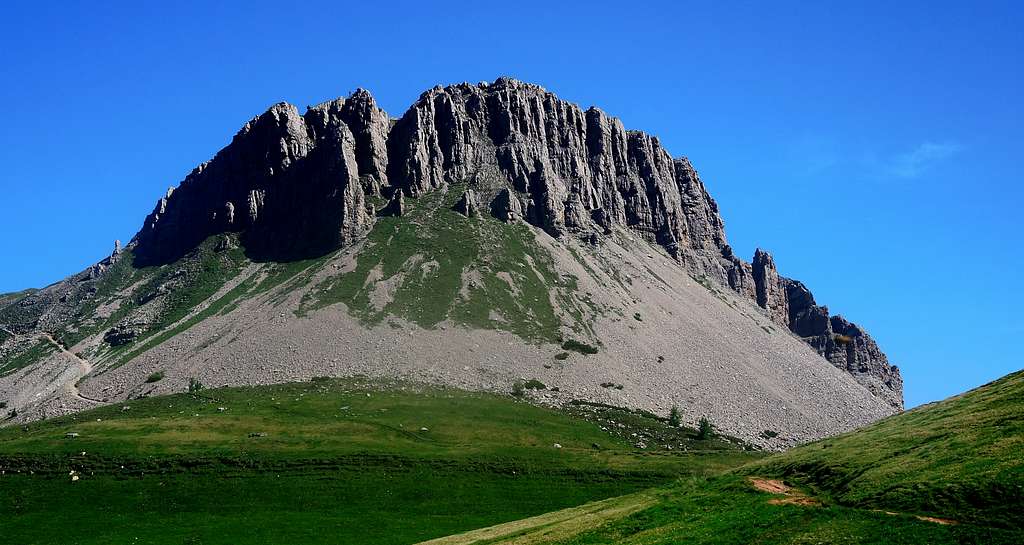
During the Great War the Castellaz was fortified by Italian Alpini to protect Passo Rolle. The whole summit area hosts well preserved remains of that era. A bit further down in the North-East face there is also a large cave which was used to host men and provisions.

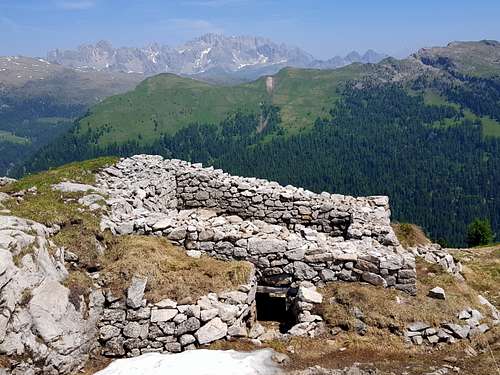
Getting There
The starting point of the itinerary is Passo Rolle 1980 m, reachable from the San Martino di Castrozza side or from Predazzo. Parking lot on the San Martino di Castrozza side nearby the first bench.

Route Description
Summit of Monte Castellaz from Passo Rolle loop trail
Difficulty: EE
Difference in level: 350 m from Passo Rolle

From Passo Rolle 1980 m, at the first hairpin bend in the direction towards S. Martino di Castrozza take a dirt road on the left that leads to Capanna Cervino and Baita Segantini and climbs to reach a vast plateau. To the right pass near the Capanna Cervino 2090 m and then continue around the west side of Cima Costazza and cross the wide expanses of meadows already in view of the rocky walls of Monte Castellaz. Reached a crossroads with signsposts, take the path (R01) which goes to the left at first flat then uphill, skirting the proud Castellaz on the left side. The itinerary crosses slantwise the scree at the base of the mountain bypassing this side and thus reaching the West side of the Castellaz.
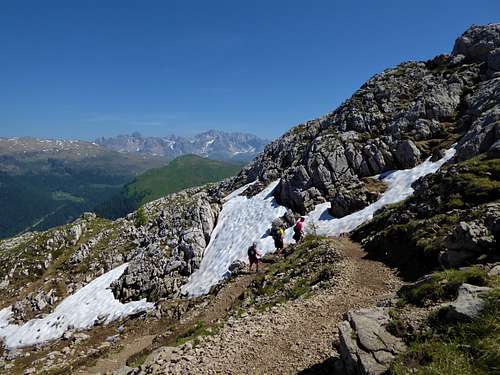

From here the route starts to climb up a slope reaching the statue of the "Cristo Pensante", not located on the true summit of the mountain but a little lower to the right. From the statue you reach briefly the small wooden summit cross with an easy scramble slanting left. From the true top, continue along the summit ridge in the opposite direction to the ascent route, pass through some well-preserved WWI remains and start descending on the opposite side, the one looking towards Val Venegia.
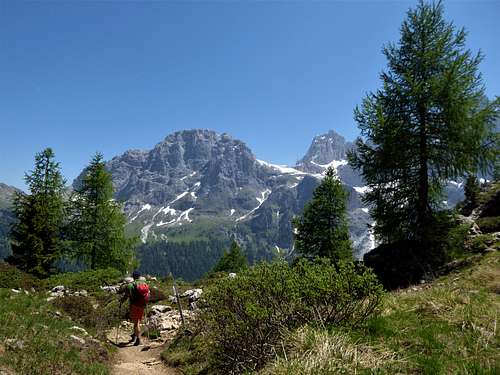
This path (always R01) is less steep, less rocky and a little longer than that of the climb, but will allow you to make a magnificent loop also passing through the Baita Segantini.
Once the descent to Val Venegia is completed, the itinerary takes the right direction and surrounded the northern end of the Castellaz, it begins to rise again reaching the Baita Segantini. From here you descend with a comfortable track to Passo Rolle, closing the ring.
Essential Gear
Normal hiking gear.
Red Tape
No fees no permits required
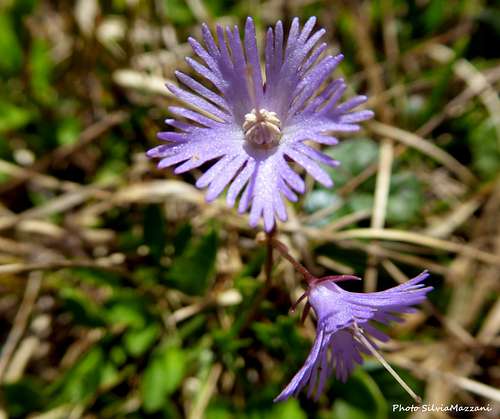
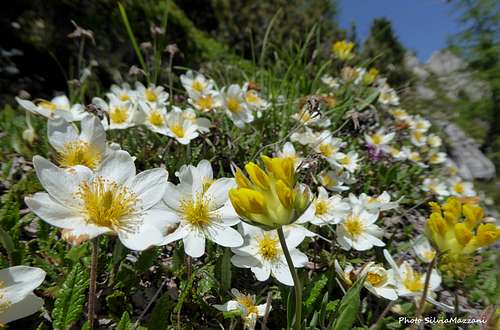
Accomodation
When to climb
Hiking: from June to October
Ski-mountaineering: from February to March
Bibliography
Pale di San Martino, sheet 22, Tabacco 1:25000

